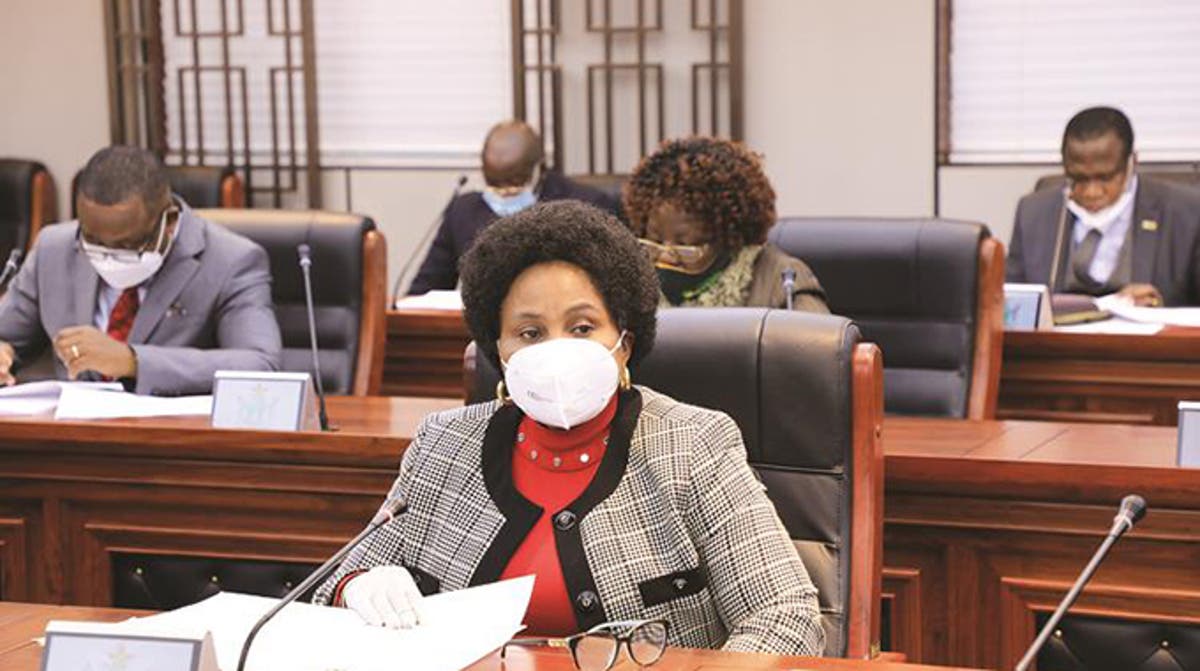Staff Reporter
Government is set to operationalise the second Science and Technology policy in line with the country’s National Development Strategy 1 (NDS 1) which seeks to deliver a competitive, industrialized and modernized Zimbabwe through heritage based innovations.
Speaking after the 5th cabinet meeting, Minister of Information, Publicity and Broadcasting Services, Monica Mutsvangwa said that the Ministry of Higher and Tertiary Education, Innovation, Science and Technology Development was seeking to deliver a modernized Zimbabwe through heritage based innovations by improving uptake in application of STEM-based disciplines.
“The Ministry under NDS 1 is targeting an improved corporate governance in higher and tertiary education institutions; improved access to quality and inclusive education; improved availability of specialist skills for industry, commerce and the public sector; and improved uptake in application of STEM-based disciplines,” she said.
As such the responsible ministry is set to set up at least ten Science Parks, Innovation Centres and Industrial Parks by 2023, in an effort to operationalise the second Science and Technology policy.
Additionally, under NDS1, the Ministry of Higher and Tertiary Education, will set up the National Pathology Centre at the Midlands State University (MSU), as well as specialist hospitals and the Zimbabwe Academy of Sciences, commercialise research results and operationalise the venture fund so that it generates start-up businesses.
“Science, Technology, Engineering and Mathematics disciplines are being accorded high priority as the basis for the country’s industrialization,” added Mutsvangwa.
The Ministry will also amend the University Acts and the Manpower Planning and Development Act, to ensure unqualified audits for its institutions, revamp the Apprenticeship Training Programme, and enhance the International Research Co-operation Programme.
Meanwhile, in pursuit of inclusivity – to leave no one behind, the MSU has already set up a National Languages Institute responsible for translating various materials into national languages.
To date, it has translated the NDS-1 document into thirteen out of the fourteen national languages, in pursuance of the undertaking by Government to observe the provisions of Section 6 of the Constitution which entails the recognition of the official languages of Zimbabwe.
The languages are Shona; Tonga; Nambya; Venda; Xhosa; Kalanga; Chewa; Shangani; Tswana; Sotho; Ndebele; Chibarwe; and Ndau. The NDS 1 document is hence now available in 15 languages including English which is already in the public domain, and the Braille version which is part of the recent publications, while DVDs on sign language are also available.




